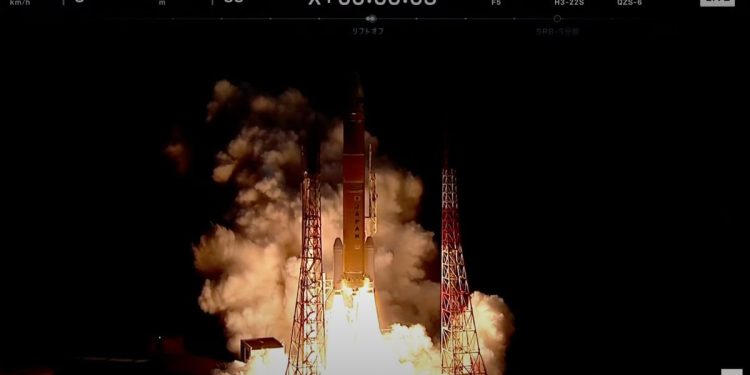Japan launched a navigation satellite early Sunday morning (February 2), the country’s first takeoff in 2025.
An H3 rocket launched the Spacecraft Michibiki 6 of the Tanegashima Space Center Sunday at 3:30 am (0830 GMT; 5.30pm local Japan time).
The H3 successfully sent the Michibiki 6 of 10,800 pounds (4,900 kilograms) to the geostationary transfer orbit, in deployment 29 minutes after the launch as planned.
After the satellite heads for its final orbit and ends its payment phase, it will become the fifth member of the quasi-Zenith (QZSS) satellite system of Japan, which became operational in November 2018.
“This system is compatible with GPS satellites and can be used with them in an integrated way. In this way, the satellite positioning service environment has been advanced spectacular,” Japanese officials wrote in a description of the project Qzss.
“The Qzsw can be used even in the Asian-Oceania regions with longitudes near Japan, so that its use will also be extended to other countries in these regions,” they added.
In relation: Japan is launching a military communication satellite on the 4th flight of H3 Rocket (video)
Sunday takeoff was the fifth of all time from H3 in two stages, which was developed by the Japan Aerospace Exploration Agency (Jaxa) and Mitsubishi Heavy Industries to replace the H-2A rocket of the Japan Battle Horse.
The H3 failed during its first mission in March 2023, leading to the loss of an earth observer satellite, but its four most recent flights succeeded.
Publisher’s note: This story was updated at 4:00 a.m. on February 2 with news from the successful launch and satellite deployment.


